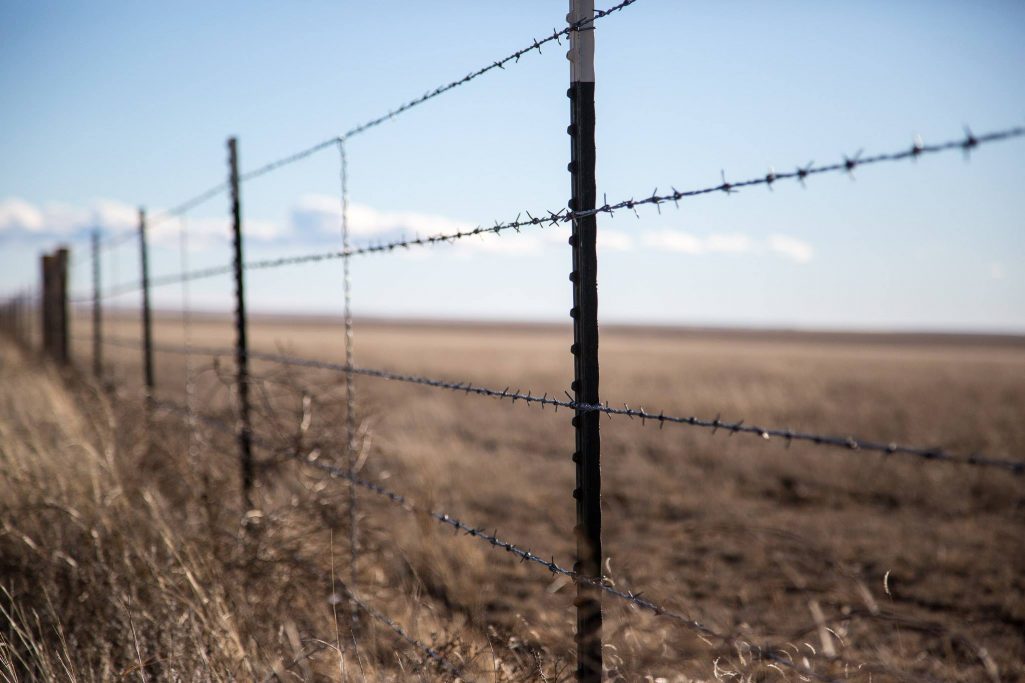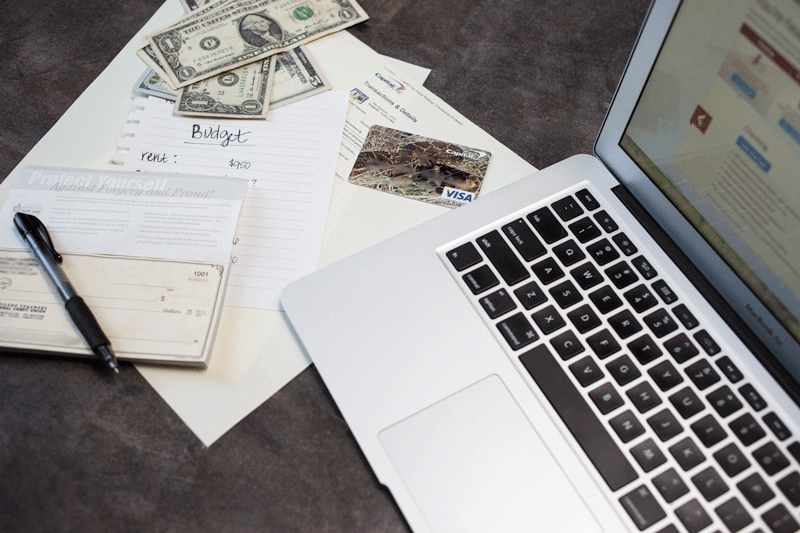Our decision to become debt free really came out of the decision to just get a handle on our finances. Neither one of us grew up in homes that taught us good money management or personal finance habits so we naturally struggled with handling our money well as we got older. When we got married, we realized that we needed someone or something to help guide us in responsible personal finance.
So, we went looking for help.
That led us to taking the Financial Peace University class at our church. If you don’t know anything about FPU, I would encourage you to check it out. There’s a lot more to it than this blog post can portray.
In the meantime, I’ll give you a brief overview of its major points here. It was that class, and the subsequent learning I’ve continued to do through the MyTotalMoneyMakeover forum and listening to Dave Ramsey’s radio show off and on, that have given us the “track” to run on toward financial freedom.
The Foundation
There are two foundational components to the Financial Peace plan.
The first is the commitment to never, ever, ever take on any kind of debt ever again. No student loans. No car payments (or leases!). No credit cards. No signature loans. No business loans. Nothing. The only exception to this might be a mortgage and, even then, there are certain guidelines you’re encouraged to follow regarding how much house to buy based on your income (it’s less than you would think!).
The idea here is to break the belief that life requires debt. It’s absurd and is really detrimental to being able to succeed with money. It’s also normal to think this way, especially in America where we are inundated with all kinds of ways and reasons to get what we want now.
The second foundational component is the commitment to living on a budget. Every month. Without fail. Every dollar of income gets assigned a “job” to do.
This is where, in my opinion, most families struggle and throw up their hands in frustration. Making money behave takes effort. It takes commitment. And it takes discipline. Many people, after trying to live on a budget after a few weeks or months, give up when they “fail” and find themselves blowing that budget over and over again. They forget that this is new to them and it will take a few months to really get it figured out. Many families don’t know what they spend on groceries, fuel, utilities, clothing, and other basic necessities of life even if they can tell you what the minimum payment is for every single credit card in their wallet.
My advice to people finding themselves in this position? Give yourself some grace and don’t give up. Keep trying, but be honest with yourself about your spending. Eventually, you’ll find a budget that works.
A Track to Run On
If you were to think of the path to financial freedom being a train track, the foundational components would be the railroad ties, but the “Baby Steps” would be the actual tracks that the train would run on. Completing each step is really what propels you forward.
- Get $1000 in the bank. This is referred to as your “Baby Emergency Fund.” It’s to help create a buffer for when “life” happens and you need to pay for it…without reaching for the credit card.
- Pay off all non-mortgage debt using the Debt Snowball. This is to free up *all* of your income in order to use it toward creating wealth instead of just getting by.
- Save 3-6 months of expenses. This is called your “Fully Funded Emergency Fund” and is, again, to create a buffer between you and life. This one is just much bigger than the baby one.
- Save 15% of your income toward retirement. This is to build a “nest egg” for you to live on when you can (or choose to) no longer work.
- Fund College for kids. The notion that attending college and taking on student loan debt always walk hand-in-hand is ridiculous. College takes planning. Both on the student’s side and also on the parents’. Start now.
- Pay off house. Mortgages don’t have to stick around forever. And you don’t have to get a mortgage to buy a house. You could save up and pay for a house in cash. You may not *want* to, but that doesn’t mean it’s not possible.
- Build wealth and give a bunch of it away. This is the best part of the whole journey! When you’re not only financially *free* but also financially independent and you can give, give, give, give, give! Just as much as you live, live, live, live, live!
See?! Pretty straight forward, right? ….riiiiiggghhhttt. Ramsey calls these seven steps the “Baby Steps” though, in reality, most of the steps don’t feel that small. The point, though, is to lay out the path to not only financial freedom, but financial independence in an easy to digest manner.
The truth is that the plan is straightforward it’s the execution of the plan that can get a little daunting.
Scott and I are on Baby Step 2. We have been for three years. We’re making progress, but we still have a long ways to go in our journey to financial freedom. However, we also know that sticking it out will be well worth the effort it takes to get there.


Hi! I wanted to drop by and say THANK YOU for the card! I was surprised to get one one so soon!
This post caught my eye as we did a “Dave Ramsey” several years ago. We paid off our house and cars, so the only bills we have are the monthly basics (utilities, phones, cable, etc.) It IS possible if you work at it, so don’t give up!
Thanks again for the card…. it truly made my day.
Hey! My apologies for the delay in my response. Your comment was marked as spam for some reason and I didn’t notice it until now.:/
Anyway, I’m SO glad the card brought you joy. I sent it a little early because I knew the first part of last week was going to be a bit crazy in my world and I just didn’t want to chance getting it sent out late.
Thanks for the encouragement on our debt free journey. We are certainly making progress but we’ve still got a ways to go so it’s great to hear from someone who’s done it! Blessings!!